Pearl size refers to the diameter of a pearl‚ typically measured in millimeters. It significantly influences the value‚ aesthetic appeal‚ and design of pearl jewelry‚ ranging from 2mm to over 20mm.
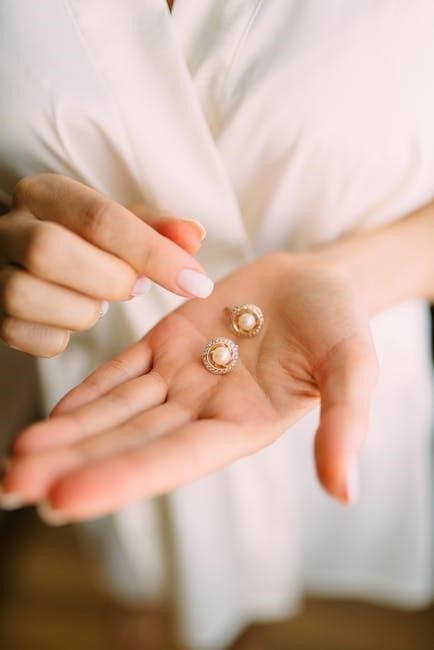
Importance of Pearl Size in Jewelry Design
Pearl size plays a crucial role in jewelry design‚ influencing both aesthetic appeal and durability. Larger pearls create bold statements‚ while smaller ones offer delicate‚ intricate designs‚ catering to diverse styles.
2.1 Impact on Aesthetic Appeal
The size of a pearl significantly impacts its aesthetic appeal‚ as it determines how the jewelry piece looks when worn. Larger pearls (9mm-12mm) create a bold‚ luxurious statement‚ often associated with formal elegance‚ while smaller pearls (5mm-7mm) offer a delicate‚ understated charm. The proportions of the wearer also matter‚ as smaller pearls are ideal for petite frames‚ whereas larger pearls complement broader features. The size of the pearl influences how it sits on the body‚ with larger pearls drawing more attention and smaller ones blending seamlessly into intricate designs. Freshwater pearls‚ typically smaller‚ are favored for their subtle beauty‚ while South Sea pearls‚ often larger‚ are prized for their dramatic presence. Balancing pearl size with personal style ensures a harmonious and visually appealing jewelry piece.
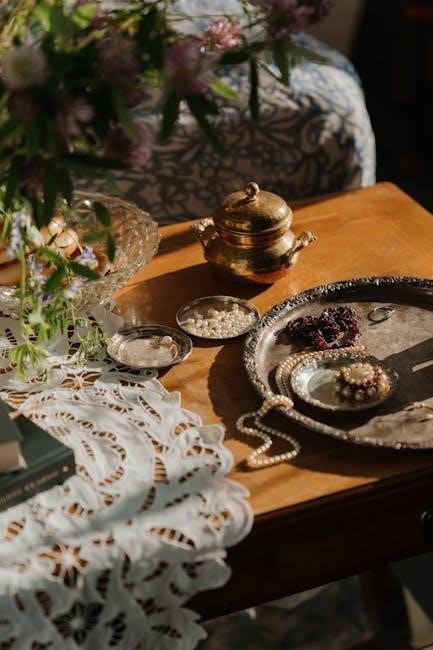
2.2 Influence on Durability
Pearl size plays a significant role in determining the durability of pearl jewelry; Larger pearls‚ typically those above 9mm‚ are generally more durable due to their thicker nacre layers‚ which provide better resistance to wear and tear. Smaller pearls‚ especially those under 7mm‚ are more delicate and prone to scratches or damage over time. The nacre‚ the outer layer of the pearl‚ acts as a protective barrier‚ and its thickness is directly related to the pearl’s longevity. Freshwater pearls‚ often smaller‚ may have thinner nacre‚ making them more susceptible to damage compared to South Sea pearls‚ which are larger and more robust. Proper care‚ such as avoiding harsh chemicals and storing pearls separately‚ can extend their lifespan regardless of size. Balancing size and durability ensures that pearl jewelry remains a timeless and enduring treasure.

Measurement of Pearl Sizes
Pearls are measured in millimeters‚ with sizes ranging from tiny seed pearls (under 1mm) to large South Sea pearls (up to 20mm). Consistency in measurement ensures accurate sizing for jewelry design and valuation.
3.1 Techniques for Measuring Pearls
Measuring pearls involves determining their diameter using precise tools like digital calipers. Pearls are typically measured in millimeters‚ with sizes ranging from under 1mm for seed pearls to over 20mm for large South Sea pearls. To ensure accuracy‚ pearls are usually measured along their widest diameter. This process is crucial for determining their value and suitability for jewelry designs. Consistency in measurement is key‚ as even slight variations can affect pricing and aesthetic appeal. Most jewelers use standardized sizing charts to categorize pearls‚ ensuring uniformity across the industry. Accurate measurement also helps in pairing pearls for earrings‚ necklaces‚ or bracelets‚ where uniformity is essential for a polished look.
3.2 Standard Size Ranges
Pearl size ranges are categorized to provide clarity and consistency in the jewelry industry. Freshwater pearls typically range from 2mm to 11mm‚ while Akoya pearls are usually between 6mm and 9mm. Tahitian and South Sea pearls are larger‚ often ranging from 8mm to 20mm; These standardized size ranges help jewelers and consumers understand the scale of pearls‚ making it easier to select the right size for specific jewelry designs. Smaller pearls‚ such as those under 7mm‚ are ideal for delicate pieces‚ while larger pearls are often used in statement jewelry. Knowing these size ranges aids in determining the value and suitability of pearls for various applications‚ ensuring a harmonious balance between style and practicality. Standardized sizing also helps maintain uniformity in collections and designs‚ making it easier to compare and choose pearls.

Pearl Sizes by Type
Freshwater pearls are the smallest‚ ranging from 2mm to 11mm‚ while Akoya pearls typically measure between 6mm and 9mm. Tahitian and South Sea pearls are the largest‚ often exceeding 8mm.
4.1 Freshwater Pearls
Freshwater pearls are known for their wide size range‚ typically measuring between 2mm and 11mm in diameter. These pearls are highly versatile and often used in delicate jewelry designs. They are popular for their affordability and variety‚ making them accessible to a broad audience. Freshwater pearls are commonly used in necklaces‚ earrings‚ and bracelets‚ where their smaller sizes allow for intricate detailing. Despite their smaller dimensions‚ they retain significant beauty and durability‚ making them a favorite choice for everyday wear. Their size flexibility also suits various personal styles‚ from petite designs to more elaborate pieces. Freshwater pearls are particularly favored for their luster and natural charm‚ ensuring they remain a timeless option in pearl jewelry.
- Size Range: 2mm ― 11mm
- Popular Uses: Necklaces‚ earrings‚ bracelets
- Characteristics: Versatile‚ affordable‚ durable
4.2 Akoya Pearls
Akoya pearls are renowned for their round shape and high luster‚ typically ranging in size from 6mm to 9mm. These pearls are primarily farmed in Japan and China‚ with larger sizes being highly sought after. Akoya pearls are a popular choice for classic jewelry designs‚ including necklaces and earrings‚ due to their timeless appeal. Their size range offers versatility‚ allowing them to suit both delicate and statement pieces. Larger Akoya pearls‚ particularly those above 8mm‚ are considered rare and command higher value. While they can occasionally reach up to 10mm‚ such sizes are uncommon and highly prized. Akoya pearls are celebrated for their consistency in shape and luster‚ making them a standard in pearl jewelry.
- Size Range: 6mm ― 9mm
- Origin: Japan and China
- Characteristics: Round shape‚ high luster‚ rare larger sizes
4.3 Tahitian Pearls
Tahitian pearls are known for their large sizes and unique beauty‚ typically ranging from 8mm to 20mm in diameter. These pearls are cultivated in the waters of French Polynesia and are celebrated for their distinctive dark colors and iridescent overtones. Tahitian pearls are often used in statement jewelry due to their substantial size and dramatic appearance. While they can grow quite large‚ the average size is around 9mm to 14mm. Their size and rarity make them highly valued‚ especially for creating bold‚ eye-catching pieces. Tahitian pearls are also recognized for their variety in shapes‚ including round‚ semi-round‚ and baroque forms. Their large size and unique characteristics make them a favorite among jewelry designers seeking to craft luxurious‚ standout items.
- Size Range: 8mm ⎻ 20mm
- Origin: French Polynesia
- Characteristics: Large sizes‚ dark colors‚ iridescent overtones
4.4 South Sea Pearls
South Sea pearls are among the largest and most luxurious pearls‚ typically ranging from 8mm to 20mm in diameter; Cultivated in regions like Australia‚ Indonesia‚ and the Philippines‚ these pearls are prized for their thick nacre and exceptional luster. South Sea pearls are often used in high-end jewelry due to their impressive size and durability. The average size is around 10mm to 13mm‚ but larger specimens are highly sought after for their rarity and beauty. Their size and quality make them a favorite among jewelers and collectors alike. South Sea pearls are available in various colors‚ including white‚ golden‚ and silver‚ adding to their appeal. Their large size and luxurious appearance make them a staple in premium pearl jewelry collections.
- Size Range: 8mm ― 20mm
- Origin: Australia‚ Indonesia‚ Philippines
- Characteristics: Thick nacre‚ exceptional luster‚ large size
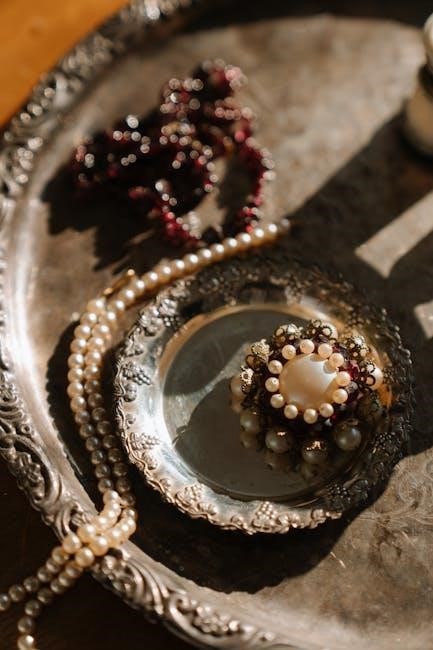
How Pearl Size Affects Value
Pearl size significantly impacts value. Larger pearls are rarer and more valuable due to longer growth periods. Market demand also influences their worth and pricing.
5.1 Larger Pearls vs. Smaller Pearls
Larger pearls are generally more valuable due to their rarity and longer growth periods. They are often associated with luxury and sophistication‚ making them ideal for formal jewelry. Smaller pearls‚ while less expensive‚ offer versatility and delicacy‚ suitable for everyday wear or intricate designs. Larger pearls‚ typically above 10mm‚ are scarce and highly sought after‚ especially in types like South Sea and Tahitian pearls. Smaller pearls‚ such as those under 8mm‚ are more common and often used in strand necklaces or earrings. The choice between larger and smaller pearls depends on personal style‚ budget‚ and the intended use of the jewelry. Larger pearls command higher prices due to their size and rarity‚ while smaller pearls provide affordable elegance and timeless appeal.
5.2 Rarity and Market Demand
Rarity significantly impacts the value of pearls‚ with larger sizes being far less common than smaller ones. The longer growth period required for larger pearls contributes to their scarcity. Market demand also plays a crucial role‚ as certain sizes and types are more popular in specific regions or trends. For instance‚ larger Tahitian and South Sea pearls are highly sought after for their statement appeal‚ while smaller Freshwater pearls are favored for their delicate‚ affordable elegance. Demand often drives pricing‚ with rare or oversized pearls commanding premium prices. Conversely‚ smaller pearls‚ though abundant‚ remain popular for everyday jewelry due to their accessibility. Balancing rarity and market preferences helps determine the value of pearls in the jewelry market.
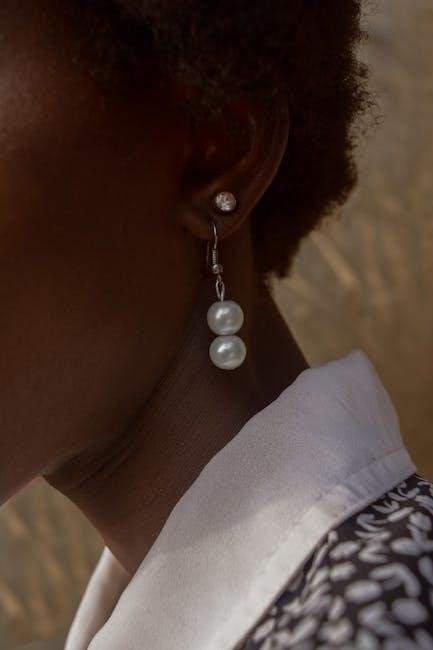
Choosing the Right Pearl Size for Jewelry
Selecting the right pearl size depends on personal style‚ jewelry type‚ and occasion. Smaller pearls suit delicate designs‚ while larger ones make bold statements. Consider wearability and aesthetic balance for the perfect fit.
6.1 Considerations for Necklaces
Pearl size for necklaces depends on the desired style and wearer’s physique. Smaller pearls (5-6mm) are ideal for delicate‚ everyday wear‚ while larger pearls (9-10mm) create a bold‚ elegant look. Choker necklaces often use 5mm pearls for a dainty appearance‚ while longer opera necklaces may feature 9mm or larger pearls for drama. Consider the wearer’s neck size and overall build; petite individuals may prefer smaller pearls‚ while larger pearls complement broader shoulders. Formal occasions call for larger‚ high-luster pearls‚ while smaller pearls suit casual settings. Balancing pearl size with necklace length ensures a flattering‚ proportional look. Personal style and comfort are key factors in selecting the perfect pearl size for a necklace.
6.2 Considerations for Earrings

Pearl size for earrings plays a crucial role in achieving the perfect balance of elegance and comfort. Smaller pearls‚ typically between 5mm and 7mm‚ are ideal for stud earrings‚ offering a delicate and timeless look. For drop or dangle earrings‚ slightly larger pearls (7mm to 9mm) add movement and sophistication without overwhelming the design. Hoop earrings with pearls often use pearls on the smaller side (5mm to 6mm) to maintain a balanced appearance. Consider the wearer’s face shape and personal style; smaller pearls complement petite features‚ while larger pearls can enhance broader facial structures. Lightweight designs are essential to ensure comfort‚ especially for larger pearls. Ultimately‚ the pearl size should enhance the wearer’s natural beauty while aligning with the desired aesthetic‚ whether formal or casual.
6.3 Considerations for Bracelets
Pearl size for bracelets requires careful consideration to ensure comfort and visual appeal. Smaller pearls (5mm to 7mm) are often preferred for bracelets‚ as they create a delicate‚ elegant look while remaining lightweight. Larger pearls (8mm to 9mm) can add a bold statement but may feel cumbersome on smaller wrists. Multi-strand bracelets typically use smaller pearls to maintain flexibility and drape‚ while single-strand designs can accommodate slightly larger pearls. Stretch bracelets are versatile and can work with a range of sizes‚ but smaller pearls are easier to wear daily. Consider the wearer’s wrist size; smaller wrists look best with petite pearls‚ while larger wrists can pull off bigger sizes. Ensure the pearls are durable‚ as bracelets are more prone to wear. Ultimately‚ the size should balance style‚ comfort‚ and practicality for everyday wear or special occasions.

Pearl Size Chart
A pearl size chart helps determine the appropriate size for jewelry based on the pearl’s diameter in millimeters (mm). Pearls typically range from 2mm to over 20mm‚ with the most common sizes falling between 5mm and 12mm. Small pearls (5mm to 7mm) are ideal for delicate designs‚ such as bracelets or earrings‚ while medium pearls (7mm to 9mm) are versatile for necklaces and pendants. Larger pearls (9mm to 12mm) make a bold statement and are often used in high-end jewelry. Extra-large pearls (12mm and above) are rare and highly valued‚ typically reserved for special occasions. Below is a general size chart for reference:
| Size Category | Diameter Range | Pearl Type |
| Small | 5mm ⎻ 7mm | Freshwater‚ Akoya |
| Medium | 7mm ⎻ 9mm | Akoya‚ Tahitian |
| Large | 9mm ⎻ 12mm | Tahitian‚ South Sea |
| Extra Large | 12mm+ | South Sea |
Size preferences vary‚ so this chart serves as a guide to help select pearls that suit individual style and jewelry design needs.

The Role of Pearl Size in Jewelry Trends
Pearl size plays a significant role in shaping jewelry trends‚ as it influences both design and aesthetics. Larger pearls (9mm and above) are often favored in statement pieces‚ adding a touch of elegance and sophistication to necklaces and earrings. These sizes are particularly popular in high-end jewelry and red-carpet events. Conversely‚ smaller pearls (5mm to 7mm) are trending in minimalist and delicate designs‚ such as dainty necklaces and bracelets. The versatility of pearl sizes allows designers to cater to diverse preferences‚ from subtle everyday wear to bold‚ eye-catching creations. Current trends also emphasize mixing pearl sizes within a single piece‚ creating unique textures and visual interest. Ultimately‚ pearl size is a key factor in keeping jewelry designs fresh and aligned with contemporary fashion.
Pearl size is a critical factor in determining the value‚ design‚ and appeal of pearl jewelry. Understanding the various sizes‚ from tiny seed pearls to large South Sea pearls‚ helps in making informed decisions. Whether opting for delicate freshwater pearls or statement Tahitian pearls‚ size significantly influences the overall aesthetic. Current trends emphasize versatility‚ with larger pearls dominating formal designs and smaller pearls fitting into minimalist styles. The right pearl size enhances both functionality and beauty‚ ensuring the jewelry complements the wearer’s style. By considering personal preferences‚ jewelry type‚ and current fashion‚ individuals can choose pearls that perfectly align with their needs. Ultimately‚ pearl size is a key element in creating timeless and elegant jewelry pieces.
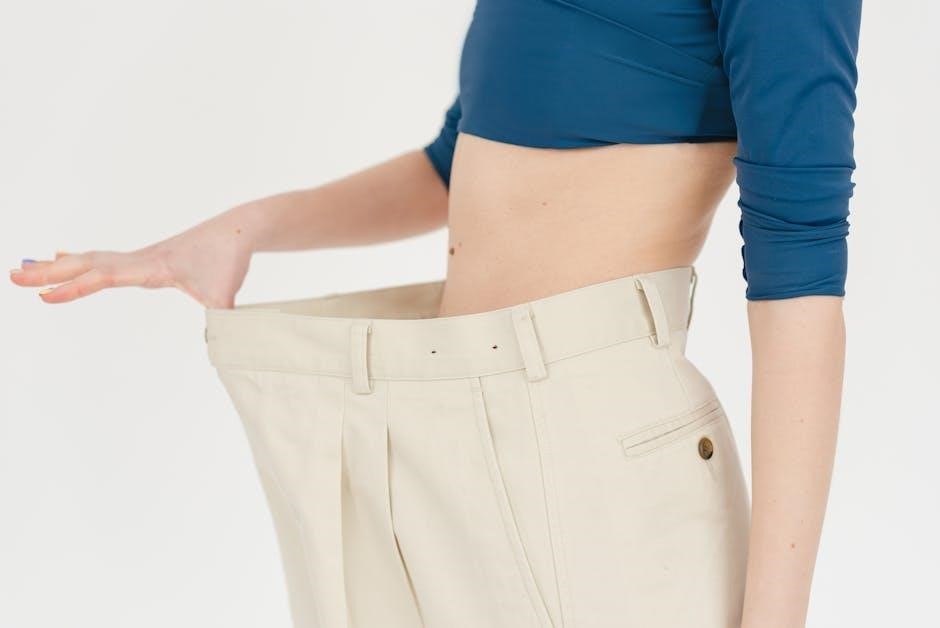



Leave a Reply
You must be logged in to post a comment.